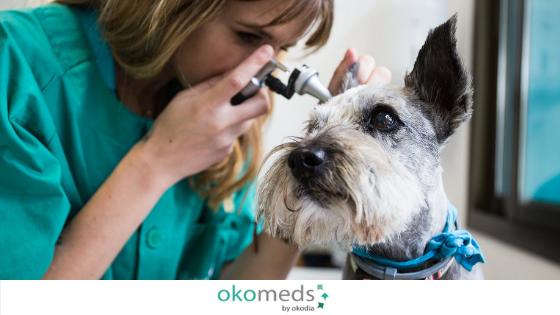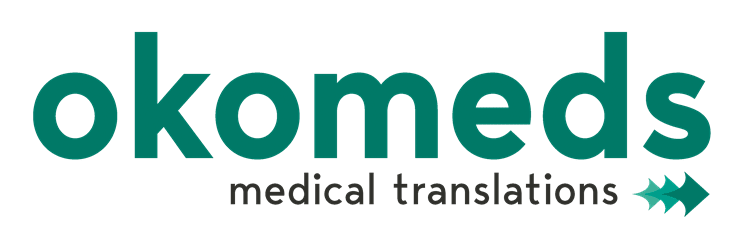
22 Nov Veterinary translations, a science everyone should know
While closely linked to human health, veterinary science remains a relatively unexplored field for medical translators. This is despite veterinary translation playing a vital role in environmental protection, food safety, and animal health, as well as in public health. In fact, at least 60% of all known infectious human diseases, and 75% of emerging human diseases originate in animals. Nevertheless, it is an extremely specialised field in its own right, in which mere extrapolation from human medicine is not enough.
Key factors in a perfect veterinary translation
One of the first questions a translator needs to answer is ‘who am I writing for?’. Indeed, both the choice of terminology and the register of the final text should be driven by the end readers’ characteristics: ‘who are they and what do they know?’.
Failing to take the readership into account when making translation decisions can distort or obscure a text’s intended message and, thus, diminish the quality of the translation.
Main audiences in veterinary translation
The first audience in veterinary translation consists of veterinary surgeons. These are professionals who have completed a specialised degree encompassing a wide variety of fields: from animal nutrition, parasitology, and bovine reproduction to equine medicine, dermatology, animal behaviour, and anaesthesiology. The specialised knowledge they have acquired is diverse, and so is the practice of the profession itself: veterinary surgeons may work in clinical practice, research organisations, academia, industry or government.
Pet owners are the second audience in veterinary translation. This non-specialised, heterogeneous group includes anyone who owns a cat or a dog. A wide variety of documents target this group, from leaflets on diagnostic tests and websites on specific diseases to pet food booklets or information on emerging diseases. All these texts share a common challenge: the terminology and register need to be carefully written in layman’s terms.
Veterinary translation requires much more than choosing the right words in the target language. Translators must consider who their target audience will be and the context, market trends, and regulatory documents affecting the sector.






Sorry, the comment form is closed at this time.